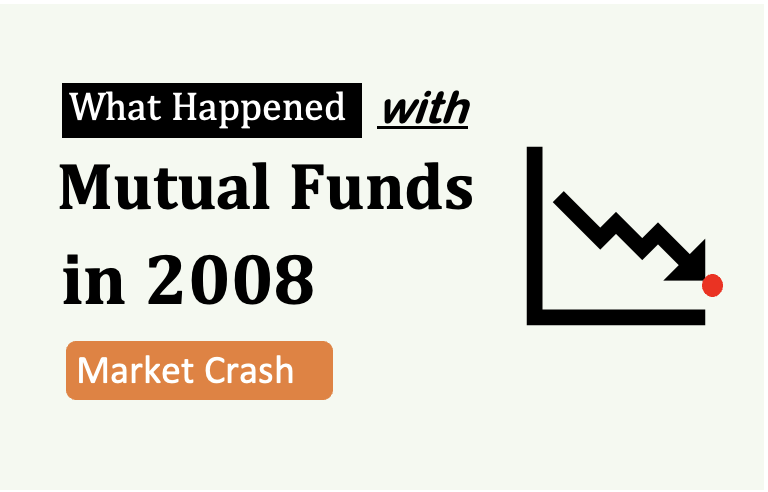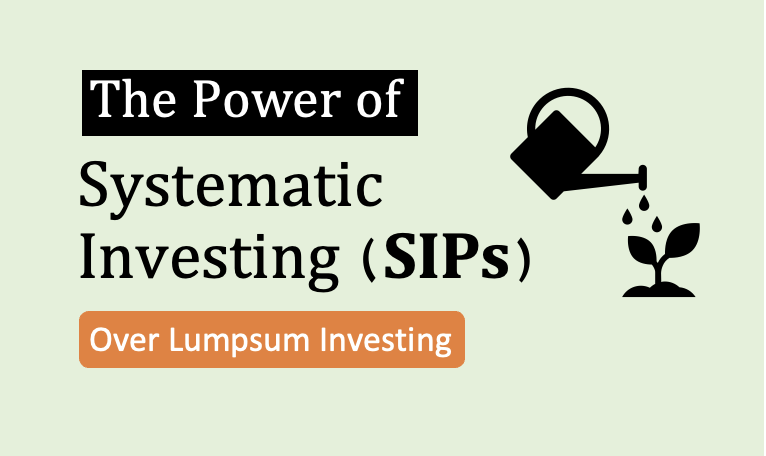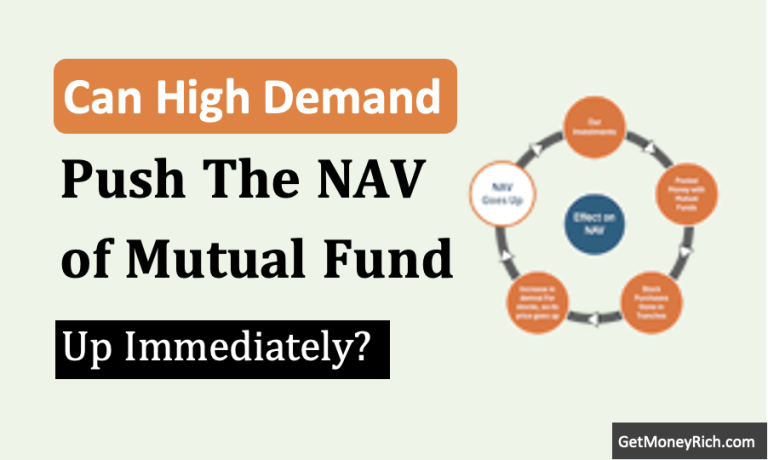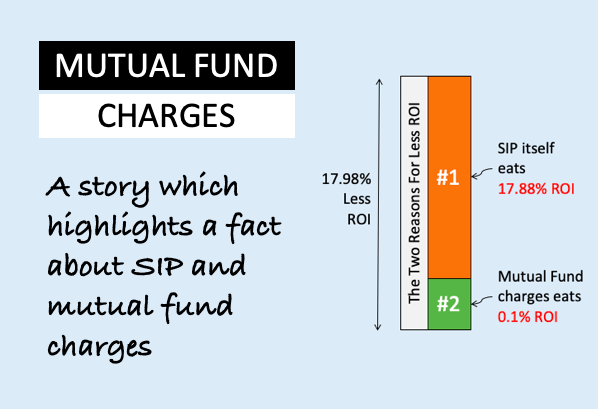Summary Points:
- Blue Ocean Strategy Basics: It’s about dodging the crowded “red ocean” of typical mutual funds and finding fresh, untapped “blue ocean” opportunities.
- Indian Examples: Funds like Parag Parikh Flexi Cap and Nippon India Japan Equity show how going offbeat—like global stocks or niche themes—pays off.
- How It Works: Think thematic funds, global plays, or smart beta—ways funds stand out instead of slugging it out in the usual large-cap arena.
- Pros and Cons: These funds can shine with better returns, but watch out for higher costs, risks, and liquidity hiccups.
- Who’s It For: Perfect for curious, long-term investors willing to take a calculated leap.
- Actionable Tips: Spot new funds, check the manager’s creds, and start small to test the waters.
Introduction
You know how we Indian love a good bargain? We’ll haggle at the local bazaar until we’re blue in the face, elbowing through the crowd for that last ripe mango. That’s what investing can feel like sometimes, everyone’s jostling in the same cramped space, chasing the same old large-cap mutual funds or blue-chip stocks. It’s noisy, it’s chaotic, and honestly, it’s exhausting. In term of strategy, that’s a Red Ocean, a market so crowded with competition that the water’s stained with the blood of slashed returns and tired ideas.
But what if there’s another way? What if, instead of fighting over that last mango, we wandered off to a quiet orchard nobody’s discovered yet? That’s the gist of Blue Ocean Strategy. It’s about ditching the overcrowded bazaar and finding a peaceful, untapped spot where the opportunities are fresh and the competition’s thin.
Originally, this was a business idea, think about companies like Apple creating a whole new kind of tech experience with the iPhone, but it works just as well for investing.
And trust me, in the world of mutual funds, it’s a game-changer worth talking about.
Table of Contents
1. Red Oceans vs. Blue Oceans: What’s the Difference?
Consider this, you’re picking a mutual fund. You scroll through the usual suspects, large-cap equity funds, diversified multi-caps, maybe a debt fund if you’re feeling cautious. These are the Red Oceans of investing. Why?
Because everyone’s piling into them, your neighbor, your colleague, even your uncle who swears by that one fund he’s held since the ‘90s. The returns? Decent, sure, but nothing to write home about anymore.
Too many players, too little room to stand out. It’s like trying to win a shouting match at a fish market, loud, messy, and not always worth the effort.
Now, flip the script.
Blue Ocean investing is about finding the road less traveled. It’s mutual funds that don’t just follow the herd, they carve out their own space. These can be thematic funds betting on electric vehicles. Another example can be global equities when everyone else is obsessed with Nifty 50. These are the orchards, quiet, unique, and brimming with potential if you know where to look.
But what’s the catch? You’ve got to be okay with a little uncertainty, because not every orchard’s guaranteed to bear fruit.
2. Blue Oceans in Indian Mutual Funds: Real-Life Stories
Let’s get real for a sec, does this actually happen in India? Oh, absolutely.
Example #1
Take the Parag Parikh Flexi Cap Fund.
These folks didn’t just stick to the usual Indian stocks; they tossed in a chunk of international giants like Alphabet and Amazon. Back when everyone was glued to domestic markets, they said, “Why not go global?” It’s paid off too, consistent returns, a loyal fanbase, and a vibe that screams “we’re different.” That’s Blue Ocean thinking, spotting an untapped angle and running with it.
Example #2
Or how about Nippon India Japan Equity Fund?
Most of us wouldn’t dream of investing in Japanese stocks, too far, too foreign, right? But Nippon saw a gap. Japan’s got some rock-solid companies, and Indian investors weren’t touching them. So they built a fund around it, giving us a slice of that market without the hassle. It’s not a crowded space, and that’s the point, less competition, more room to breathe.
Example #3
Then there’s the whole smart beta wave, like Motilal Oswal’s Midcap 150 Fund or their factor-based offerings. Instead of just picking stocks the old-school way, they use data-driven rules, low volatility, high momentum, whatever, to stand out. It’s not your grandpa’s equity fund, and that’s why it’s intriguing.
These funds aren’t fighting in the Red Ocean; they’re swimming in their own lane.
3. How Do Funds Pull This Off?
So, how do mutual funds actually do Blue Ocean? It’s about doing things differently when everyone else is stuck in the same rut.
Here’s how they pull it off:
- Thematic Funds: Ever heard of funds betting on ESG (environmental, social, governance)? Or ones chasing India’s EV boom? These aren’t your run-of-the-mill diversified funds, they’re laser-focused on trends that haven’t hit saturation yet.
- Global Exposure: Funds dipping into US, Japan, or emerging markets give you a passport to diversification most folks overlook.
- Factor Investing: Using fancy stuff like AI or algorithms to pick stocks based on specific traits, for example “value” or “quality.” It’s nerdy, but it works for some.
- Hybrid Twists: Mixing equity, debt, and maybe a sprinkle of gold to create something totally unique.
The cool part? These ideas don’t just sound sexy, they draw curious investors like us who want something beyond the same old style of investing.
4. But Do They Actually Work?
Here’s where I get a little skeptical, because let’s be honest, “innovative” doesn’t always mean “profitable.”
Do these Blue Ocean funds deliver the goods? Well, it’s a mixed bag.
- Taking Parag Parikh as one example. It’s been a star, with risk-adjusted returns that make traditional flexi-caps look sleepy.
- Thematic funds like ICICI Pru Technology Fund rode the IT wave brilliantly during the pandemic boom.
- But others? Eh, not so much. Some ESG funds, for instance, have lagged because the niche is still finding its feet in India.
The numbers matter too. Expense ratios can creep up with these funds, managing global stocks or AI models isn’t cheap.
And liquidity? If you’re in a super-niche sector like, say, renewable energy, selling your units might not be a breeze. Plus, market cycles can hit harder, when EVs are hot, you’re golden; when they’re not, you’re stuck.
So, yeah, the potential’s there, but it’s not a free lunch.
5. It is For Whom?
What I think about Blue Ocean Strategy?
Blue Ocean funds aren’t for everyone. If you’re a newbie just starting your SIPs, maybe stick to the basics, large-caps or index funds, until you’ve got your sea legs.
But if you’ve been investing a while, got a decent core portfolio, and a horizon stretching 10+ years? Blue Ocean funds could be your spice rack.
They’re for the curious, the patient, the ones who don’t mind a little risk for a shot at something bigger. Sound like you?
I would like to think about it like this, your core portfolio, those steady large-cap or multi-cap funds, is your daily dal-chawal. They keep you grounded and safe. Blue Ocean funds? They’re the spicy pickle or that experimental dessert you whip up on weekends. They’re not the whole meal, but they add flavor, maybe even a little thrill.
I’d say they’re perfect for folks who’ve already got the basics locked down and want to sprinkle some adventure into their financial journey.
Just don’t overdo it, too much spice can upset the balance, and nobody wants a portfolio that’s all flash and no substance
6. Risks You Can’t Ignore
Let menot sugarcoat it, Blue Oceans can get choppy.
Lesser-known sectors might dry up if the trend goes away (remember the solar hype that cooled off?). The learning curve’s real too, figuring out if a fund’s niche is legit takes effort. And sustainability? A fund that’s hot today might not last a decade if the idea doesn’t scale.
So, tread lightly, and don’t bet everything on it.
And then there’s the timing trap, jump in too early, and you’re stuck waiting for the world to catch up. Jump in too late, and the Blue Ocean’s already turning red with competition.
Take electric vehicle funds, for example, a few years back, they were pure genius, but now every other fund house is piling in. Plus, these niche plays can be moody, market downturns might hit them harder than boring old large-caps, leaving you sweating over your SIPs.
It’s not all doom and gloom, but you’ve got to keep your eyes wide open and your expectations in check
7. How to Spot Your Own Blue Ocean
Alright, let’s get practical, how do you find these hidden gems before they also become as famous as other schemes?
Here’s my cheat sheet:
- Scan New Fund Offers (NFOs): Check what’s launching. A fund pitching “India’s Digital Future” or “Global Healthcare” might be onto something fresh.
- Dig Into the Philosophy: Does the fund have a clear “why” behind its niche? A vague sales pitch is a red flag.
- Check the Fund Manager: Have they nailed niche plays before? Experience matters when you’re off the beaten path.
- Start Small: Dip your toes with a small SIP. If it clicks, scale up. If it flops, no biggie.
Conclusion
So, what’s the big takeaway?
Blue Ocean Strategy in mutual funds isn’t just a buzzword, it’s a mindset.
It’s about looking where others aren’t, betting on ideas that are not as known or famous yet. It is also about building a portfolio that’s uniquely yours (a clever mix of this and that). For me, it vibes with that slow-and-steady, think-different approach I love about investing.
It’s not about chasing the next hot tip, it’s about planting seeds in soil nobody’s touched yet.
This Blue Ocean idea isn’t limited to mutual funds alone. Imagine applying it to direct stock investing, picking companies in overlooked sectors like, say, drone tech or rural healthcare, before they hit the mainstream radar. It’s the same deal, sidestep the crowded Nifty 50 or large cap race and hunt for untapped gems. Sure, it takes guts and research, but that’s where the magic happens,
Would I toss all my money into a shiny new thematic fund? No, I’m not that carefree. But a slice of my portfolio? Maybe, if the story checks out.
What about you, ever thought of wandering and investing in the small-caps and micro-caps? Let me know your thoughts in the comment section below.
Have a happy investing.






